Group #29: Clover Hill
Group members: Allison Carroll, Cedar Boyd and Kamalvir Jhajj
The Artist
The artist we focused on for our project is Gary Hill. Hill is a American artist who currently resides in Seattle, Washington. His artwork is video and sound based installations as well as single channel installations done in the 1970s and 1980s. His work has been shown in major art museums worldwide and he has also received various awards with his influential work. He first started working on metal sculptures in the 1960s, and his main medium is considered video. The artwork he does evokes emotions that make you think deeply into your conscious and shows psychological spaces present in his artwork. His art has been showcased worldwide such as in the Guggenheim Museum SoHo in New York, Foundation Cartier pour l’art Contemporain in Paris, Museu d’Art Contemporani in Barcelona and many more places. One of the renowned awards he has gotten is the Leone d’Oro Prize for a sculpture at the Venice Biennale. He initially started his work with metal sculptures and then later on moved on to sound and video. He was actually inspired by the sounds wire make which made him want to explore electronic tones, videos, tapes, sound and more. It is said that viewers have never lost their interest in the artwork he does till today, and that he never lost his creative edge. An artwork piece that was intriguing to us was his piece called Linguistic Spill ([un]contained), which he displayed last year at Out of Sight which is a contemporary art exhibit in Seattle, Washington. This piece was put in a dark corner of the basement when people went to go check it out. The experience when people went to see this artwork was like, “In the center of the room was a bench where viewers could sit and take in a slow-paced yet high-intensity experience that pushed the liminal boundaries of perception” (The Stranger). Something about this artwork, I believe it’s the intensity with the bright lights in a dark room that makes this piece of his unique. Some other pieces of his are, The Model of the World International Exhibition which is located in China, Sonic Arcade: Shaping Space with Sound in New York, and Delirious which is also in New York. Overall, Hill has a lot of different pieces of art centering around contemporary art which involves mainly video art.”
Period of Time
During the 1990’s many events were happening across the globe, causing many changes for everyone. In Africa Nelson Mandella becomes president of South Africa, in the country’s first multiracial election. Jordan and Israel signed a peace treaty ending the war between them since 1948. In the US Democrat Bill Clinton was elected as president. The 90’s was also a time when technology was really starting to take off, this could have influence Hill to create a multimedia sculpture.
In art during the 90’s things started to change as well . People were starting to gain new perspectives on art, an example is paintings that were once confined to canvas were suddenly appearing in large-scale on the side of building. The changing political side of the West had become more liberal, making certain topics and subjects more socially acceptable in art. But even with subjects becoming more acceptable a new genre called “transgressive art” had many shocking themes and images used as a social critique of what art was. In the late 1970’s new fashion and styles came from the birth of hip hop and this also started a new style in art called street or graffiti art. Street art was used to convey a cultures larger message about racism, poverty and oppression. Art in this time was used largely used for political statements and cultural critique.
In Hills description of the piece “Clover” he said, “The men appear to be moving toward a common ground; however, we notice that each man, is a part of the seeing apparatus, and thus ceases to move as the world passes by.” Having a political view or a critique about the world during the 90’s about people truly never making any progress could have influenced Hill to create a piece. Many things during this time were changing but they may have not made any real changes themselves.
The Work
Clover was made by Gary Hill in 1994. The piece now sits in the Fine Arts building at Western Washington University. It is a mixed media piece that consists of four 20-inch black-and-white monitors showing the behind (only the shoulders and head) of 4 men walking in the woods. One man on each monitor. Each man on the monitor was recorded with a camera that was attached on a brace from his back. The monitors are mounted on the four edges of an open steel platform. The tubes behind the monitors have been removed from their chassis, so the bulbs of the wires are directed towards the center hole on the platform in a clover-like form. “The men appear to be moving toward a common ground; however, we notice that each man, is a part of the seeing apparatus, and thus ceases to move as the world passes by” (Hill).
Production and Post
Kamal: Video recording, picture taking, editing
Cedar: Video recording, final video piece
Allison: Idea, planning
Within the 3 week time limit of the project we collaborated equivalently and our time was used efficiently. Everybody brought their own ideas and we combined as many as possible while still circling our main ideas. Coming to the final product, I believe everyone is happy with our product and what it’s message stands for. We each have a voice in this project through sharing all ideas during the making and I think through our piece we executed it well. We brought in ideas from class about feminism and being your own artist, we also played with the idea of originality. Our idea was to recreate Clover using female artist and putting our media screens into the shape of a triangle to mimic female genitalia. The original Clover by Hill is black and white, in our recreation of Clover it is in color, touching on the idea of modernism. Our message of recreated Clover is how women have been stuck in a cycle of norms from society and how one might feel lost within their own surroundings.
Works Cited
Study.com, Study.com, study.com/academy/lesson/art-of-the-1990s.html.
“GARY HILL.” Gary Hill on View Comments, garyhill.com/current/on-view.
“GARY HILL.” Gary Hill Home Comments, garyhill.com/.
“Gary Hill.” James Harris Gallery, jamesharrisgallery.com/artists/gary-hill/.
“Gary Hill.” Widewalls, www.widewalls.ch/artist/gary-hill/.
“Gary Hill: Linguistic Spill ([Un]Contained).” The Stranger, www.thestranger.com/events/28588869/gary-hill-linguistic-spill-uncontained.
Pearson, Steve. “The Year 1994 From The People History.” What Happened in 1994 Inc. Pop Culture, Prices and Events, www.thepeoplehistory.com/1994.html.
Tate. “Gary Hill Born 1951.” Tate, www.tate.org.uk/art/artists/gary-hill-2376.

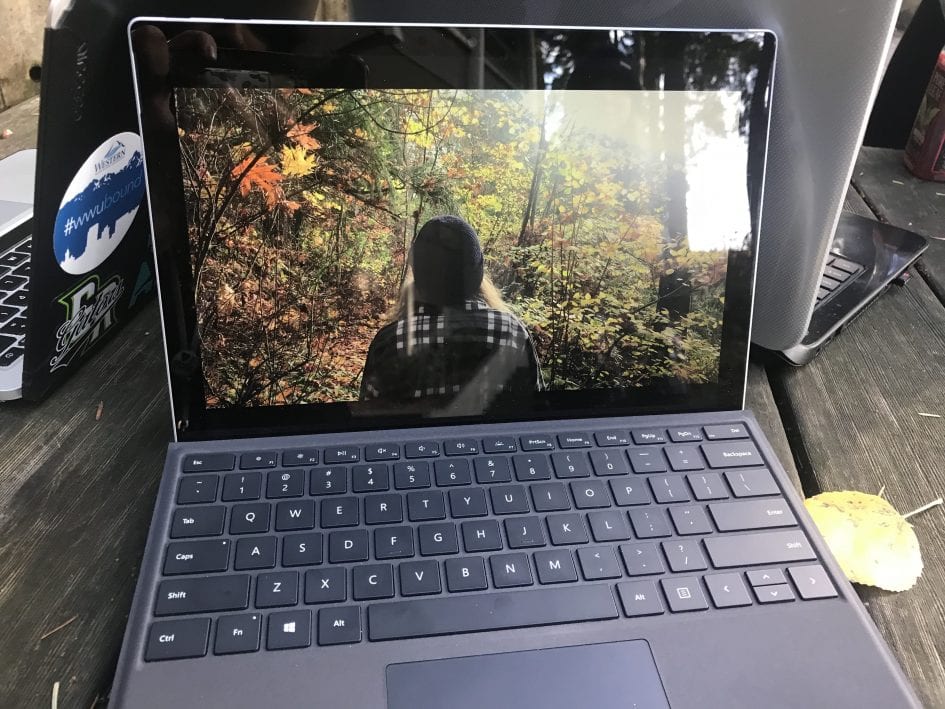


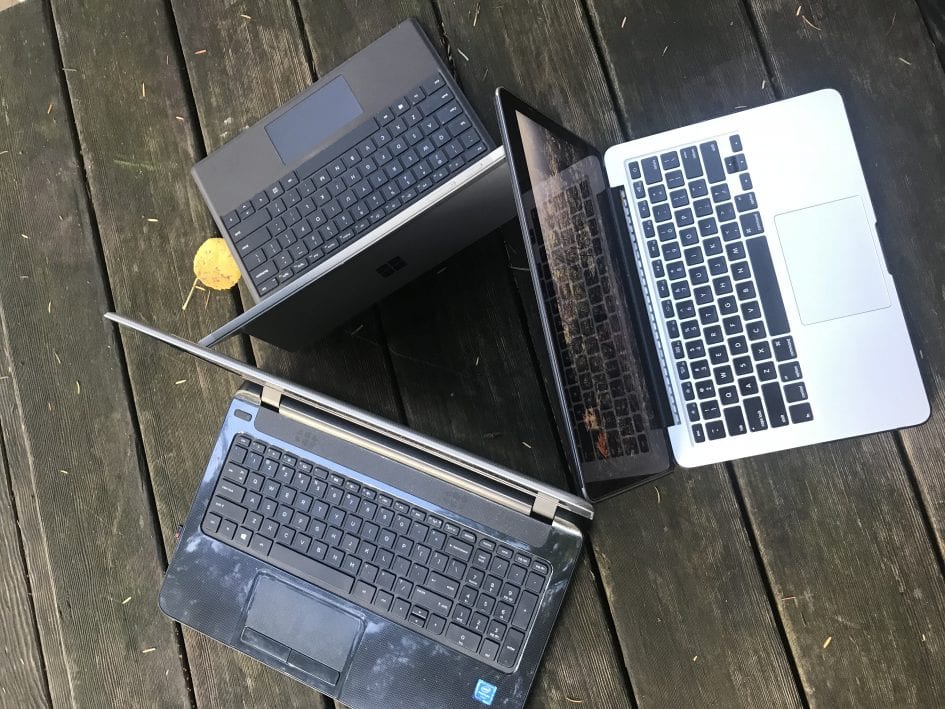

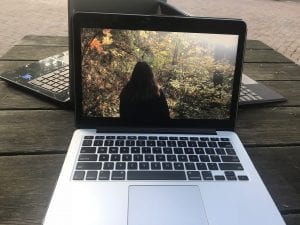
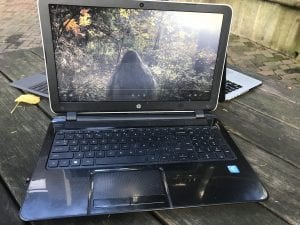
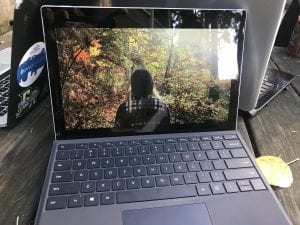
Leave a Reply